A Week in the Bush Vol. 553
on Jun 25, 2025We visited a hyena den early in the morning, arriving just in time to witness the adults returning from their nocturnal adventures. The cubs, overjoyed by their arrival, eagerly emerged to play and nurse from their mothers. Still too young and vulnerable to be left alone, the cubs remain hidden in the den while the adults are away, which explains their bursts of energy and activity when the clan is present to protect them. As the sun slowly rose above the horizon, casting golden light across the landscape, the hyenas basked in its warmth - soaking in the heat after another cold night in the bush.
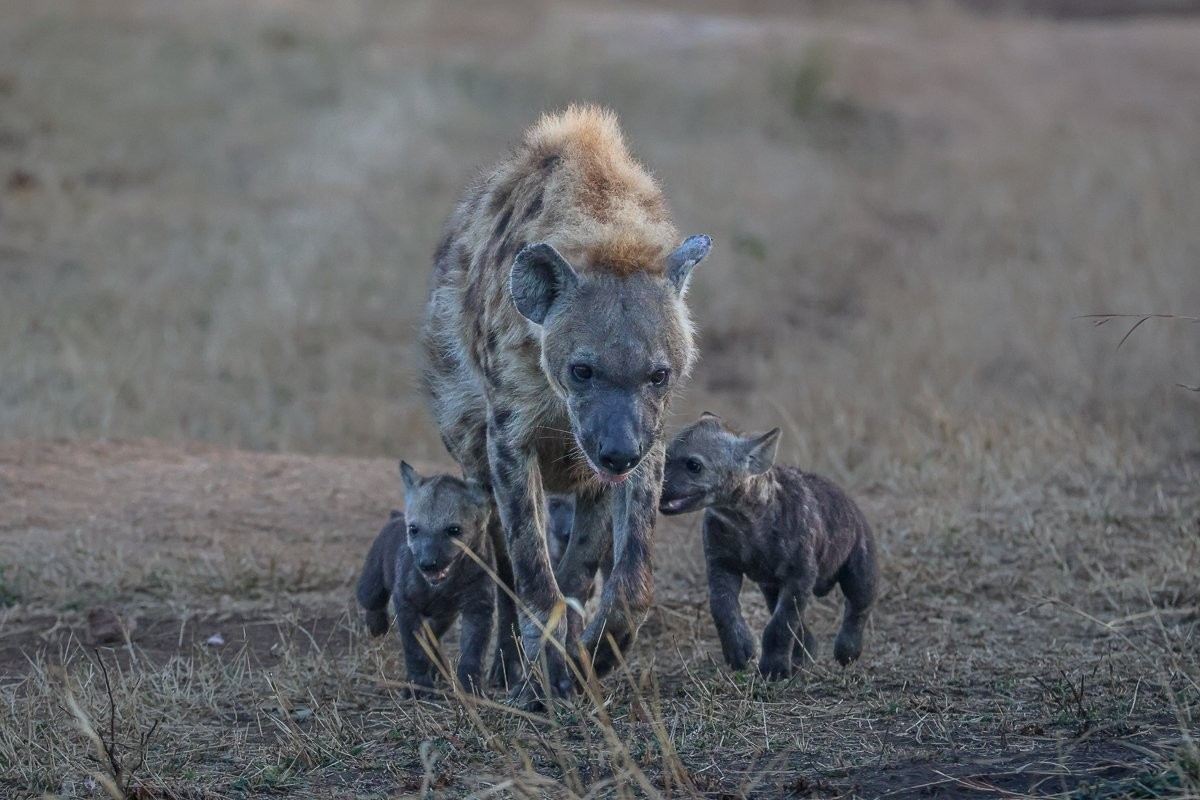
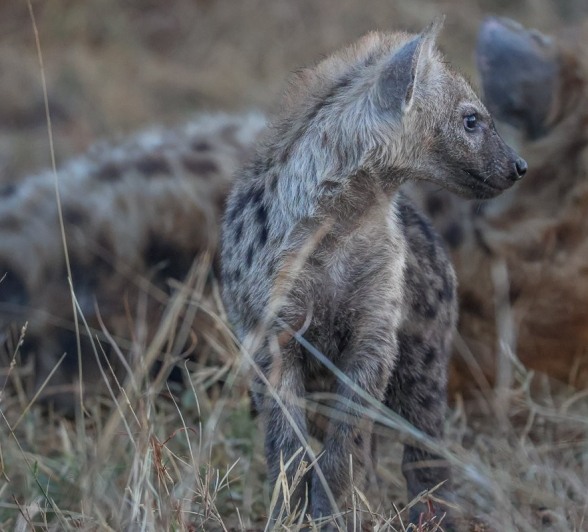

This majestic giraffe bull stood against a perfect backdrop, attentively watching our every move. With their exceptional eyesight, other species are often seen hanging around them for safety as they can spot danger from hundreds of metres away.
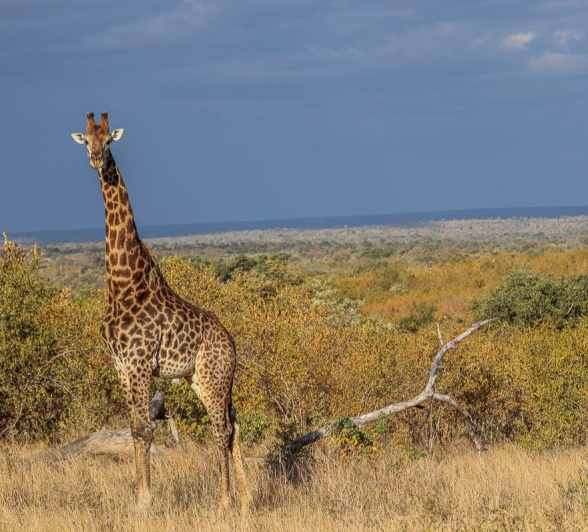
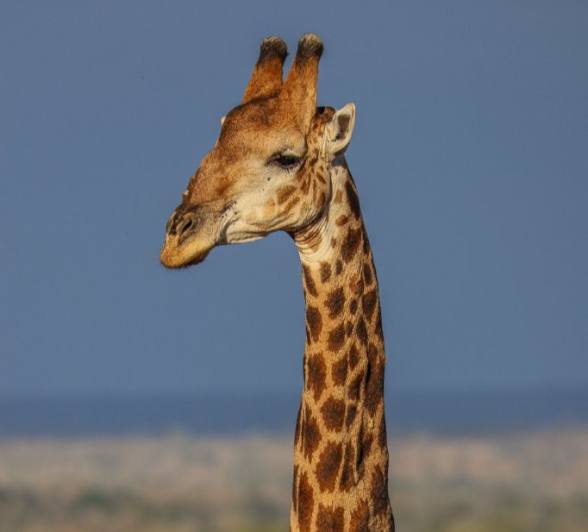
On our way back to Earth Lodge, tracker Donald got the fright of his life when an African Rock Python suddenly appeared on the road right in front of him. Like most snakes, these pythons are far less active during the winter months, as the cooler temperatures make it difficult for them to warm their bodies enough for quick movements or striking. To conserve energy, their metabolism slows down significantly, and they only become active on warmer days when conditions allow them to function more efficiently.
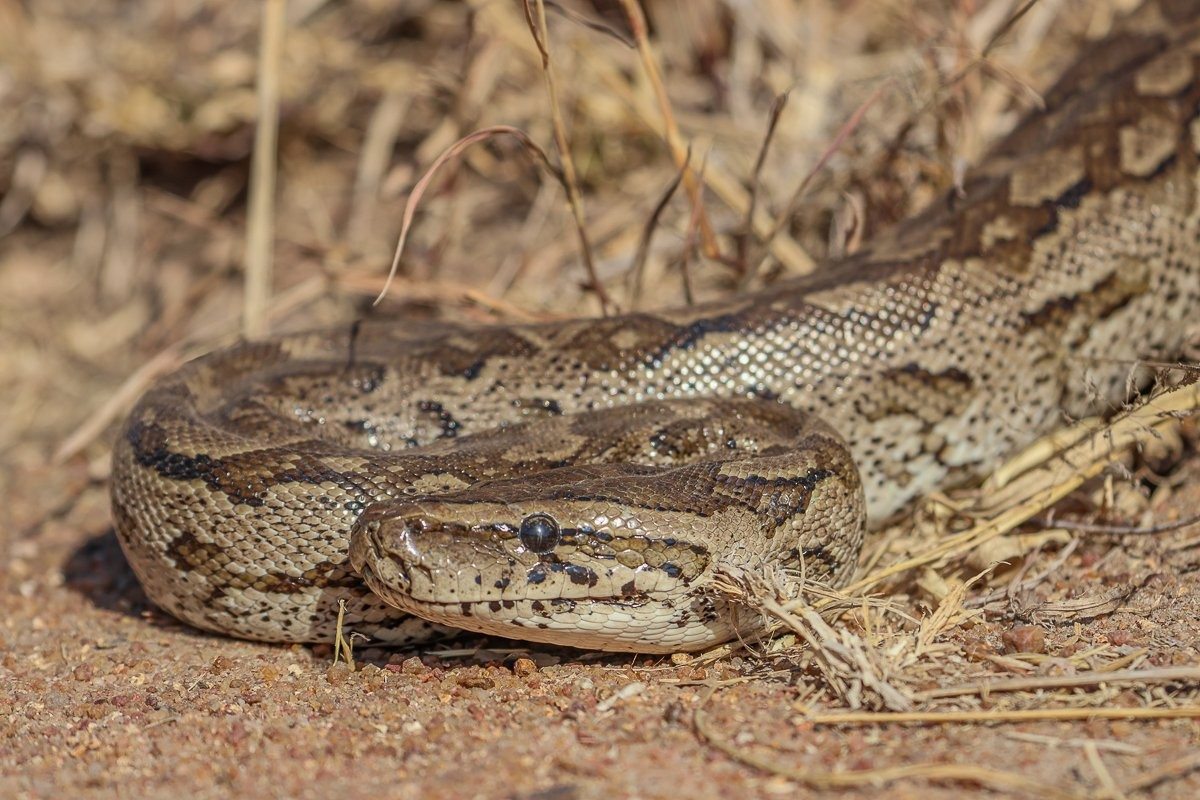
This group of Grey go-away-birds were enjoying the afternoon light together before deciding to move perches. They flew off one by one, allowing for a great photographic opportunity.
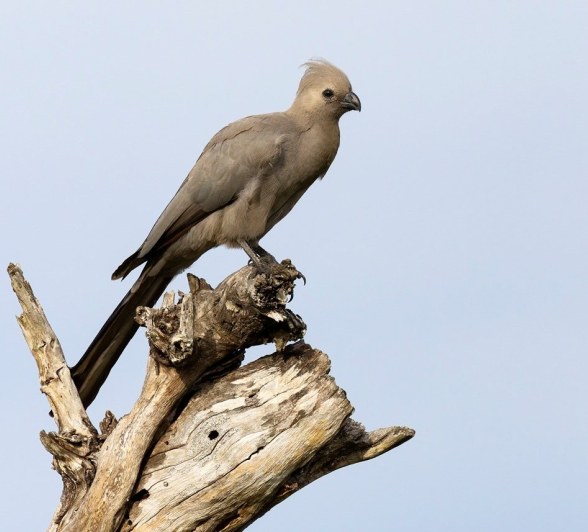
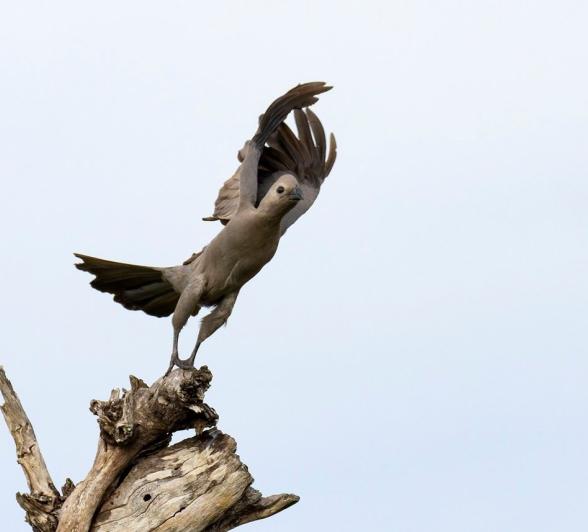
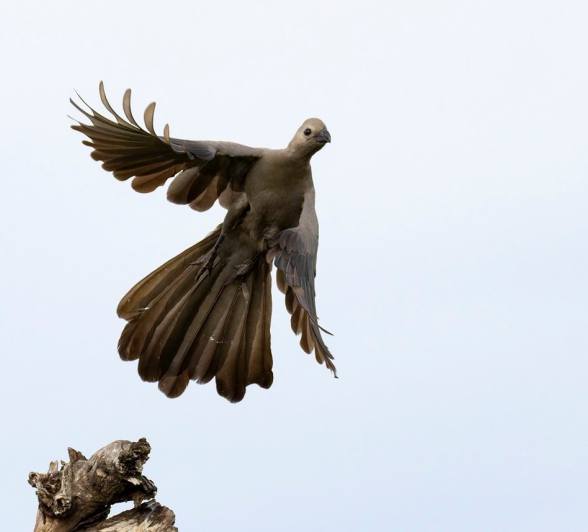
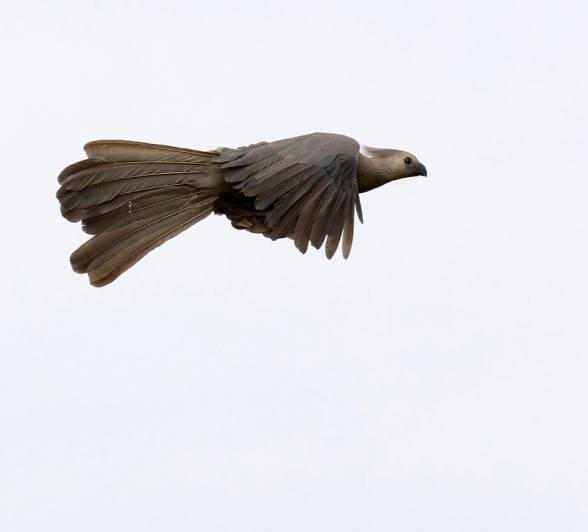
This Martial Eagle perched high in a dead tree, keenly scanning the surroundings for potential prey. These powerful raptors hunt a wide range of animals within their size class, even targeting impala lambs during the lambing season.
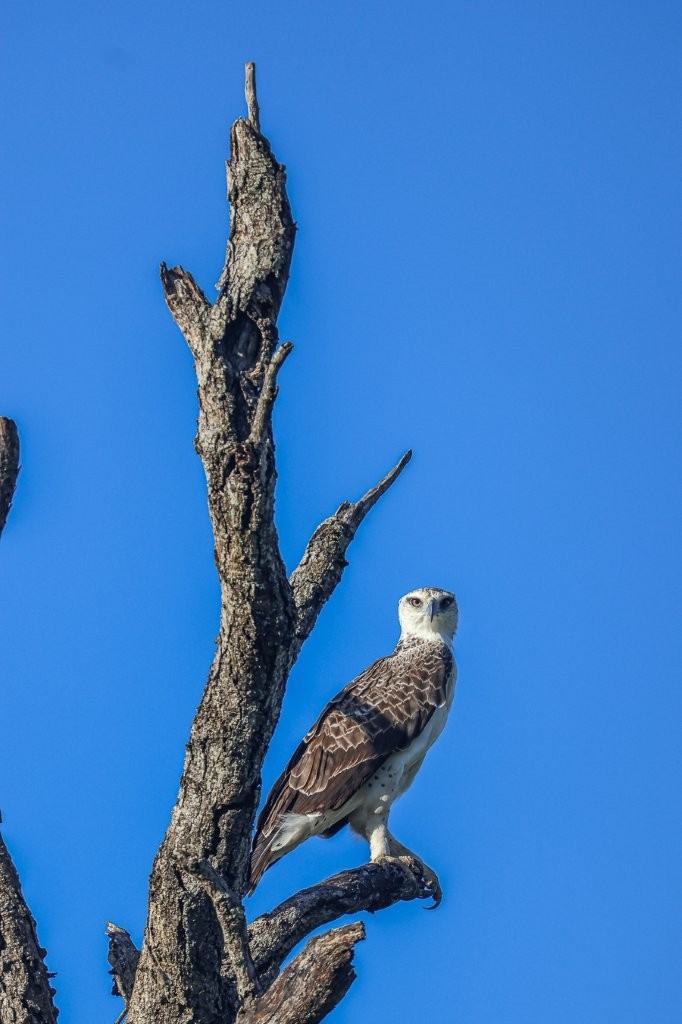
This magnificent kudu bull was busy chewing on a bone in the early morning light as the sun slowly rose over the horizon. Kudu, like giraffes, are often observed engaging in this behaviour - chewing on bones to supplement their diet with essential minerals such as calcium and phosphorus. This practice, known as osteophagia, helps compensate for the nutritional deficiencies in their normal plant-based diet.

This beautiful nyala ewe posed gracefully as she enjoyed the shade during the heat of the day. Nyala are often found in dense thickets, particularly near drainage lines and ravines, where their browsing habits are best supported. Perfectly adapted to these tangled habitats, one of their key adaptations is a walking style known as "direct registering" - where the hind feet step precisely into the tracks of the front feet - helping to minimise noise and avoid detection by predators.
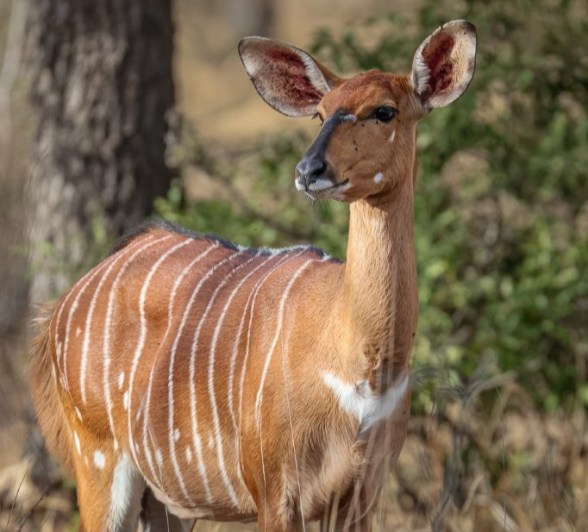
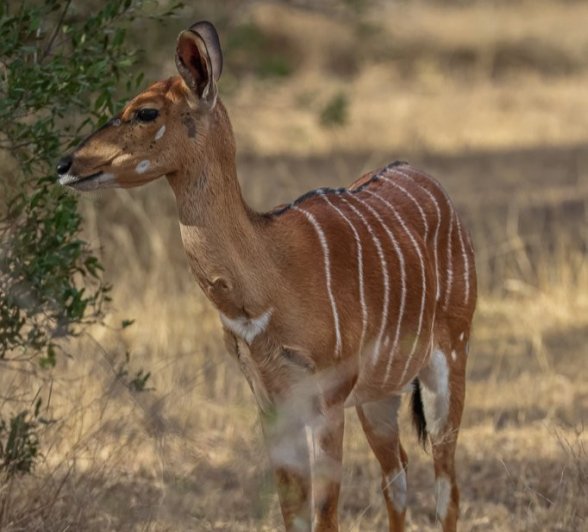
As night fell over the reserve, the Msuthlu Pride moved with purpose, leaving their three youngest cubs behind - likely in preparation for a hunt. With the pride heading far to the west, the cubs stayed hidden away, quietly nestled and awaiting the return of their mothers and older siblings.
By morning, as the sun began to warm the landscape, the trio began to stir, slowly unravelling from their huddle. What followed was a moment of pure joy for all watching - a fallen Marula tree nearby sparked their curiosity. Clambering, pouncing, and tumbling over one another, the tree became their jungle gym, offering a rare and heartwarming display of playful innocence in the wild.

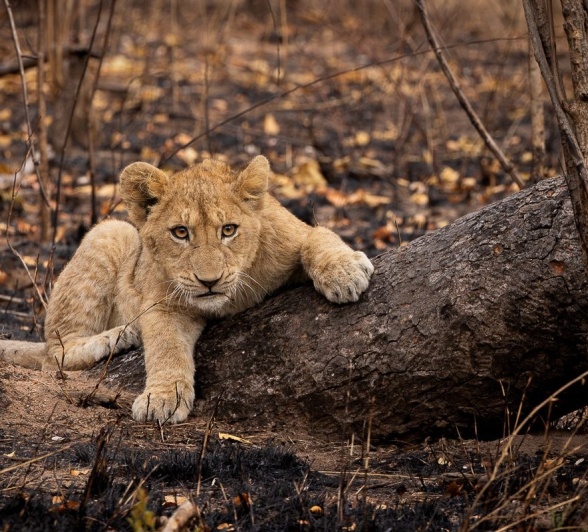
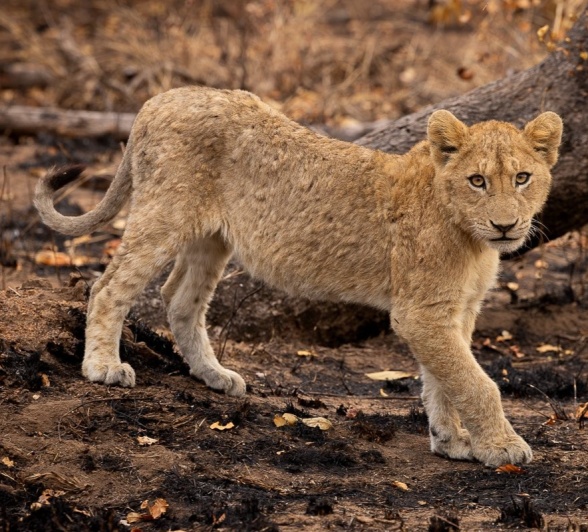
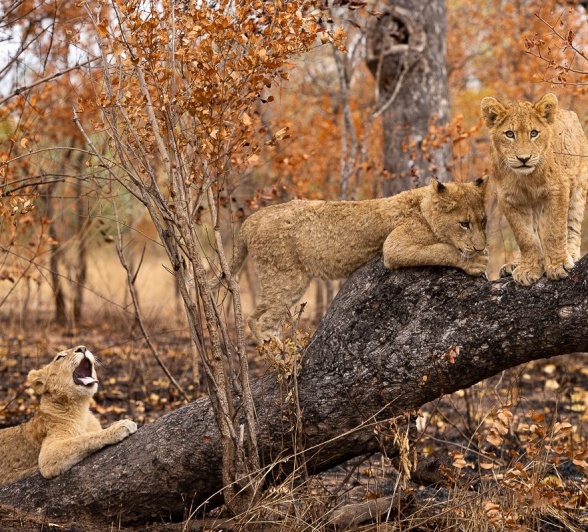
We spotted a pride of lions trailing a herd of buffalo early in the morning, just before sunrise. Intrigued, we followed them for a while. Eventually, the lions abandoned the chase and made their way to a nearby waterhole. Most of the other animals kept a safe distance, wary of the lions. Remarkably, a mother rhino and her calf boldly approached the waterhole, undeterred by the entire pride, and drank without hesitation.
Prides of this size tend to target larger prey to sustain the whole group. While they've had success hunting zebras and wildebeest, buffalo have proven to be a more challenging target. The younger males in the pride are often the most curious and impulsive - eager to leap into action, even when danger looms.
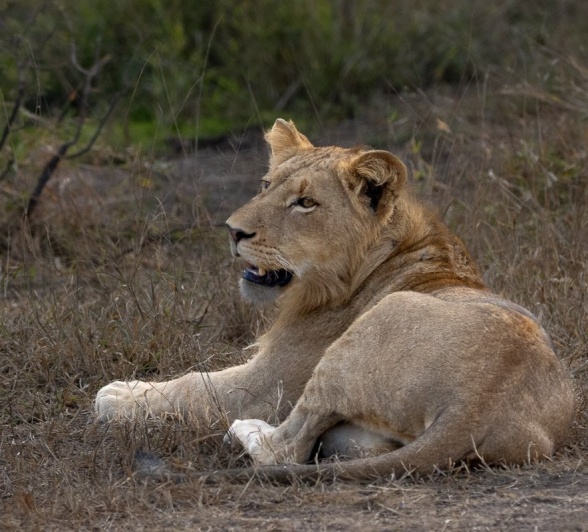
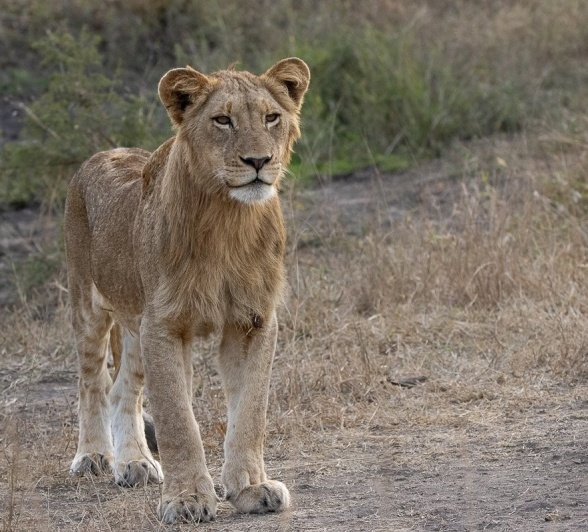
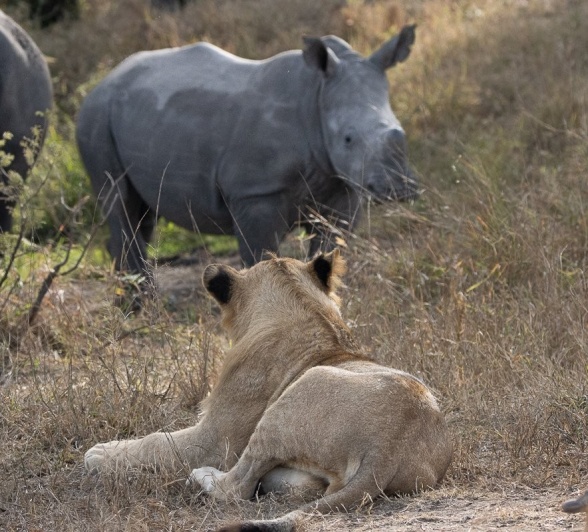
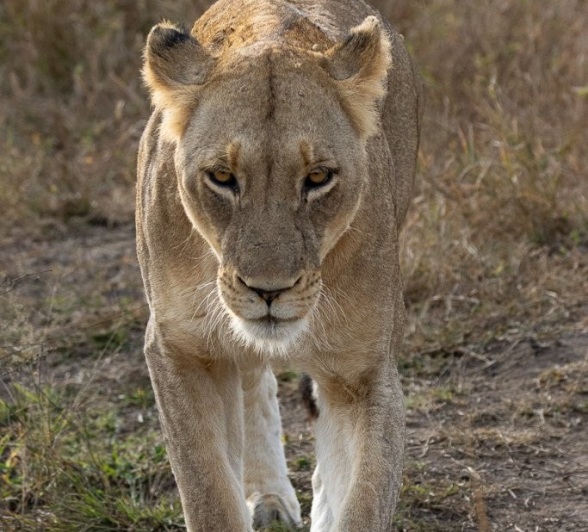
We found one of the Gijima males early in the morning, his deep vocalisations echoing through the misty dawn. His belly was visibly full, and as he roared, it was clear he was struggling to project the sound with such a heavy stomach. Not far off, the other male lay sleeping, seemingly uninterested in joining the chorus.
Male lions reinforce their territorial claims not only by scent-marking trees and the ground, but also through powerful vocal displays. These roars serve as a warning to rival males or potential challengers, announcing their presence and dominance over the area. Since males don’t always stay with the pride, roaring is also a way to communicate with pride members over long distances.

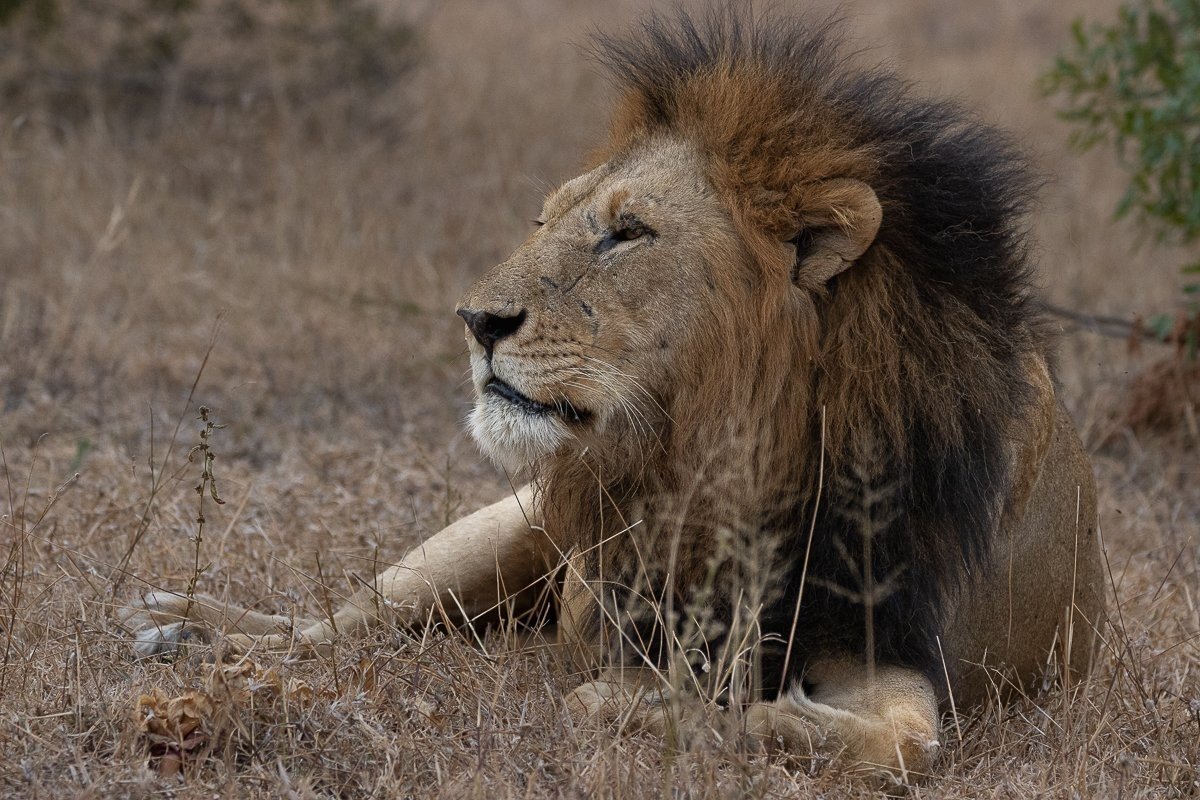
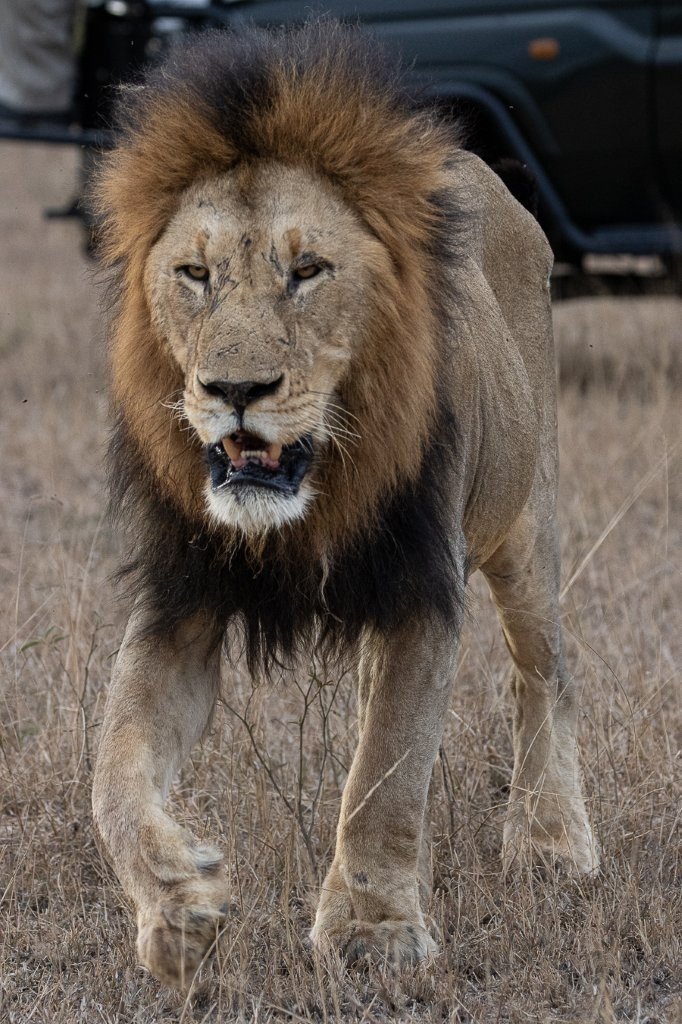
We watched as the two Gijima males slowly became active, stirred by the fading light and cooling temperatures. These dominant males have been working tirelessly to defend their territory from rivals and safeguard the survival of their cubs. Only time will tell how long they can maintain control before the pressure becomes overwhelming. Lion dynamics are ever changing, and it’s remarkable to witness how much changes occur over the years. The males will likely reconnect with some of the female prides in the area to ensure they’re still in good condition and secure within the coalition’s range.
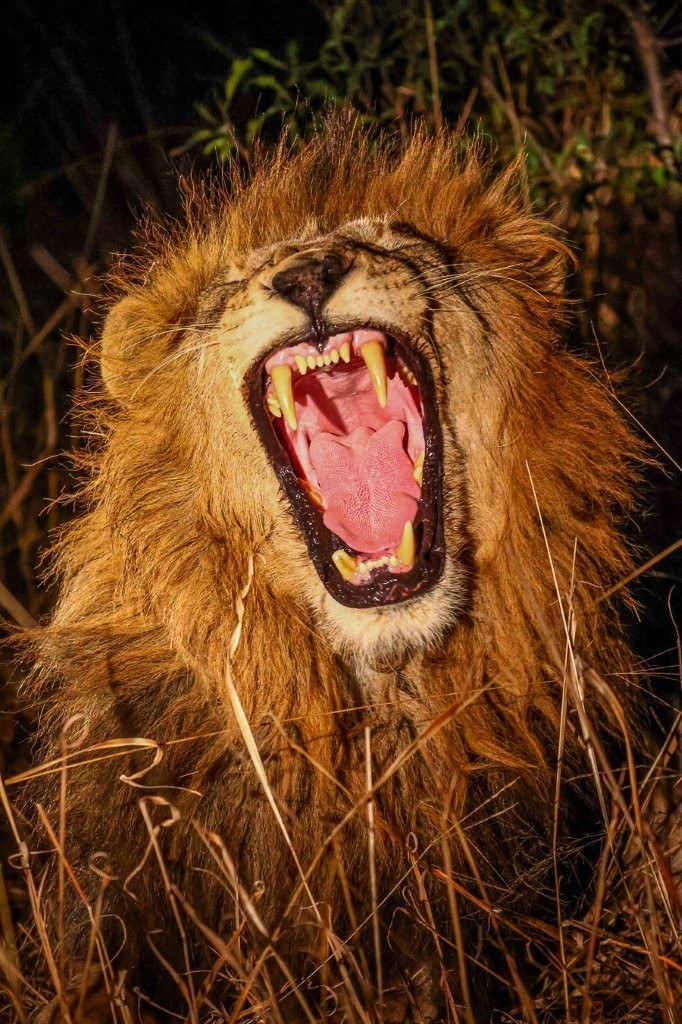
We found the Msuthlu Pride accompanied by one of the Gijima males resting at the waterhole in front of Selati Camp. Shortly after, they retreated into the nearby drainage line to escape the heat, their bellies visibly full - evidence of a successful kill during the night.
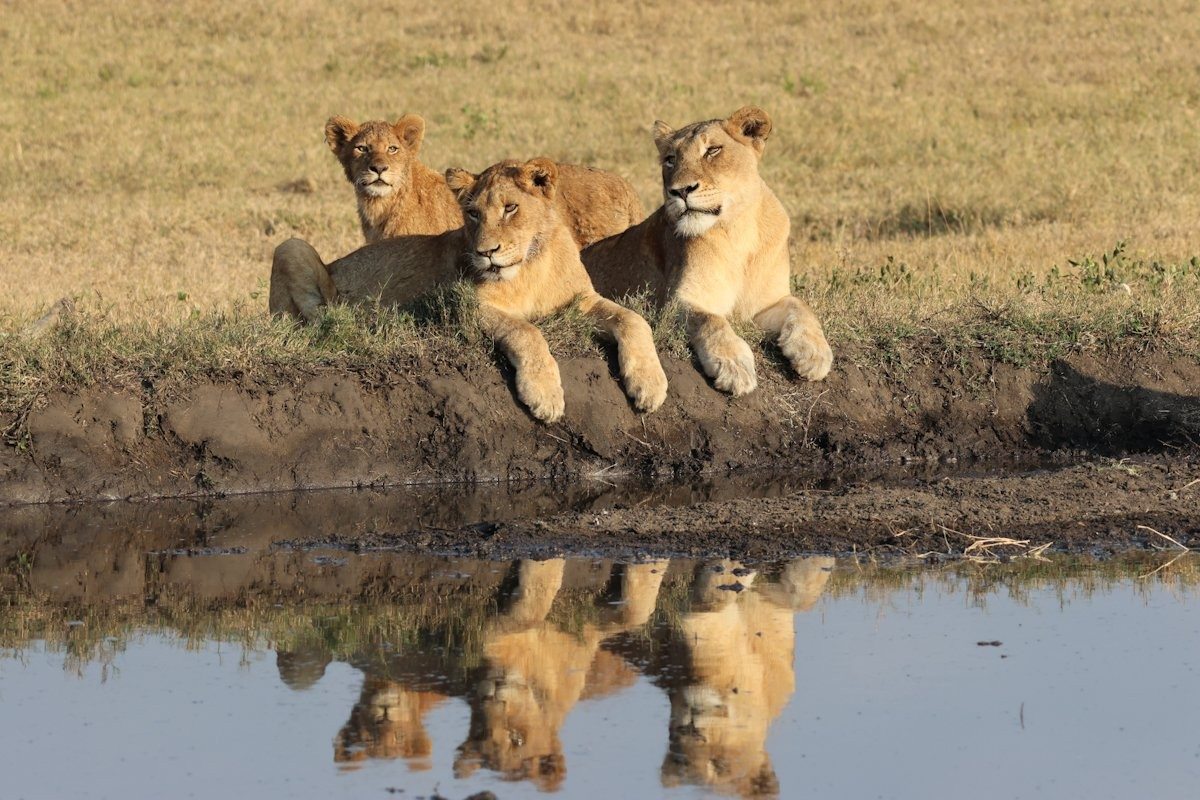
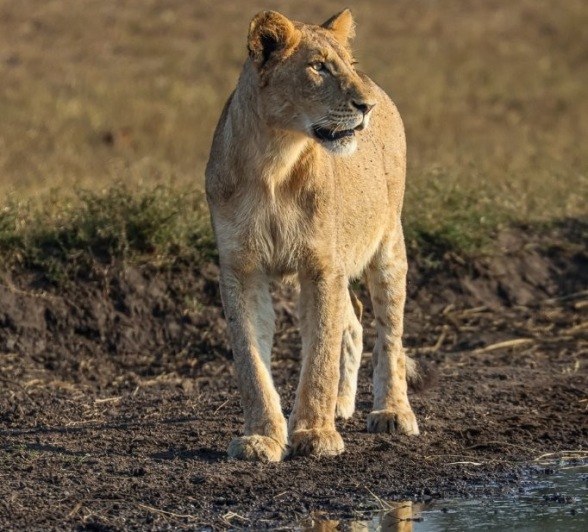
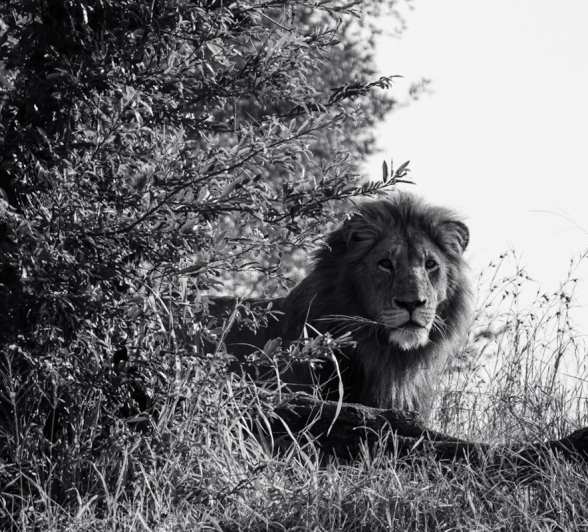
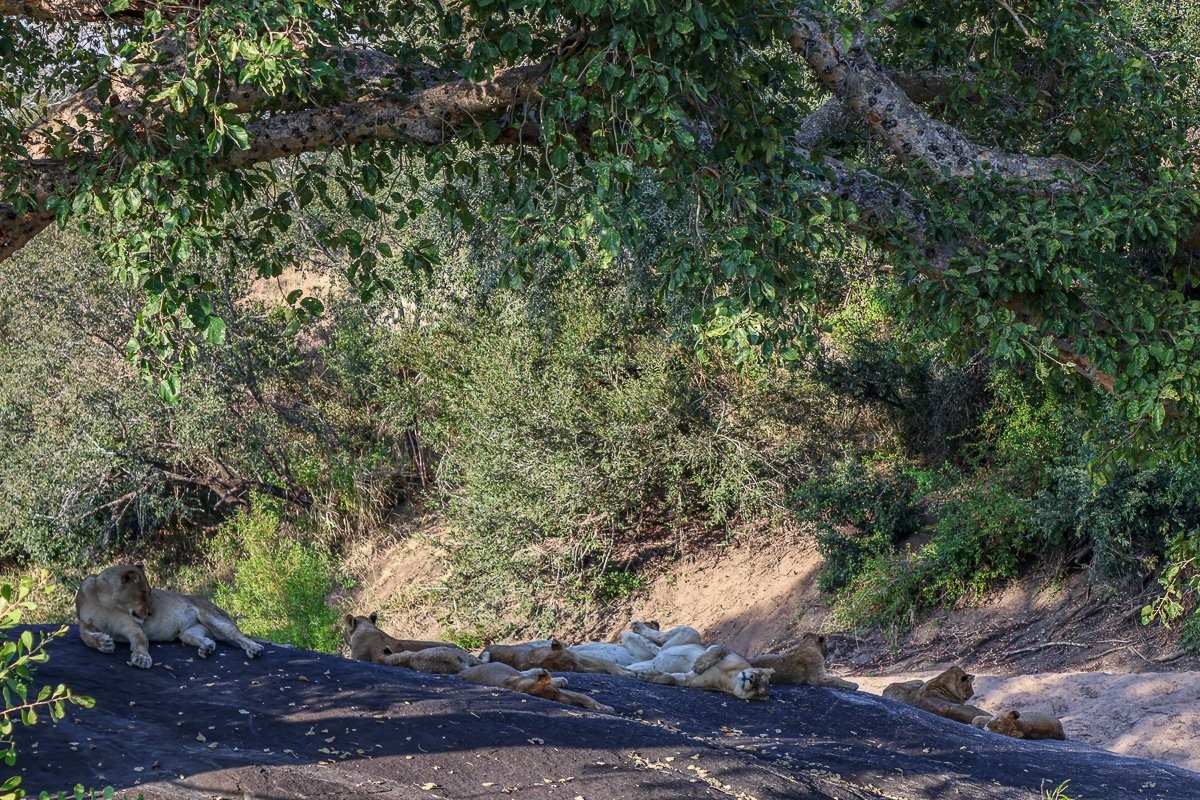

Following up on the Msuthlu Pride, we were led by a lone Gijima male to a nearby watering hole. As we approached, the distinct shapes of the pride came into view, sprawled across the open area and basking in the warmth of the morning sun. With nighttime temperatures dropping during our winter months, these nocturnal cats are often found in exposed areas at first light, soaking up the heat after chilly evenings. The pride had just finished feeding and had settled in to rest for the day—an ideal spot beside the water, where they can later rehydrate to aid digestion.
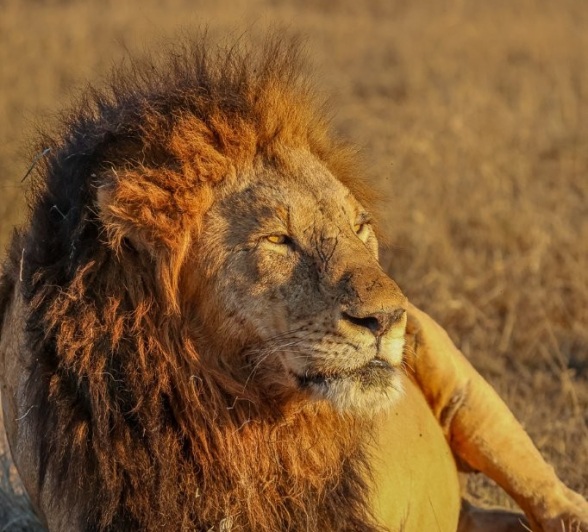
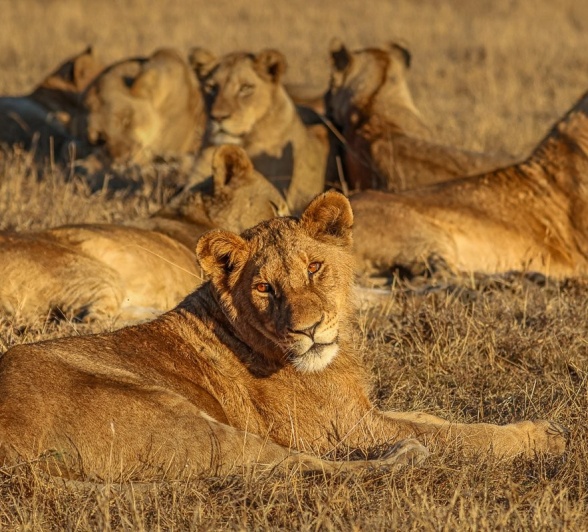

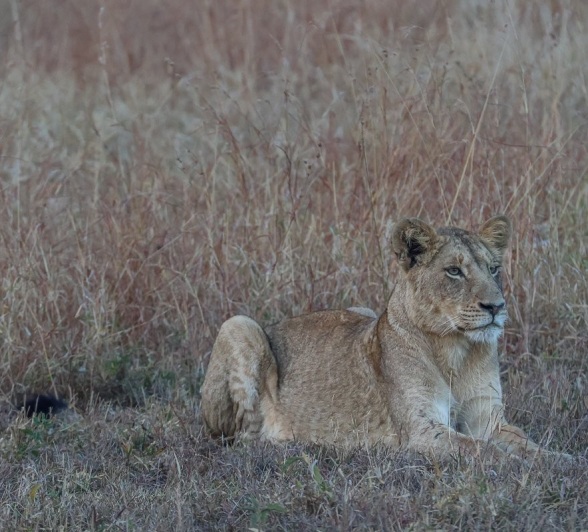
We followed up on tracks belonging to the Southern Pride and soon managed to locate them as they moved effortlessly through the bush. The lions were in excellent condition, having fed on a warthog the previous day. However, a single warthog is far from sufficient for a pride of ten, and they were already on the lookout for their next hunting opportunity.
The following morning, they were spotted again - this time stealthily stalking a tower of giraffes. Giraffes, with their exceptional eyesight and elevated vantage point, often detect predators long before they get too close, and this instance was no different. Once detected, the pride abandoned the attempt and moved off in search of a quiet place to rest for the day.
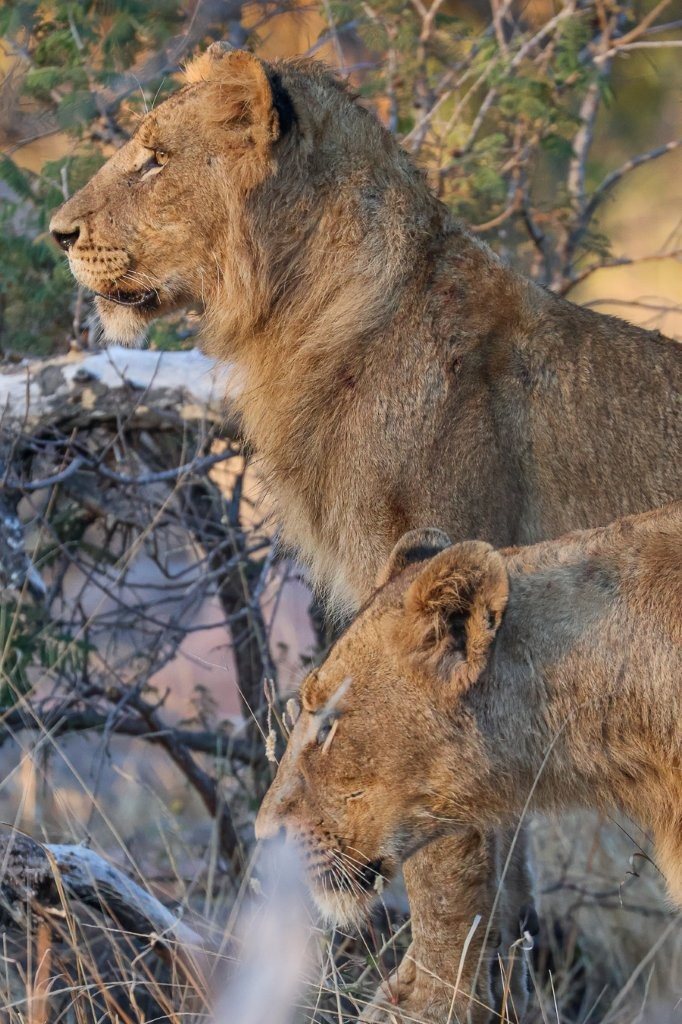
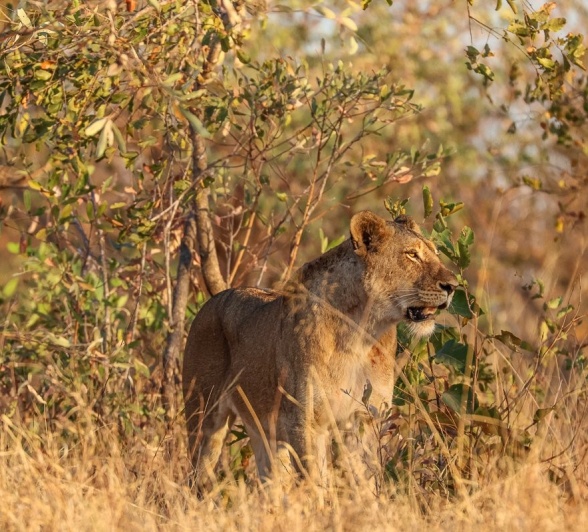
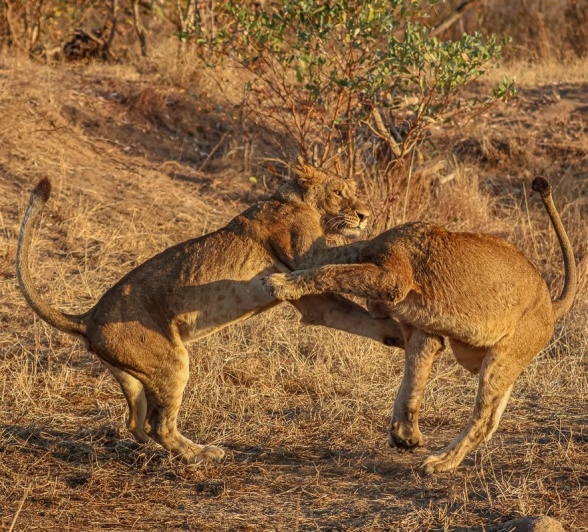
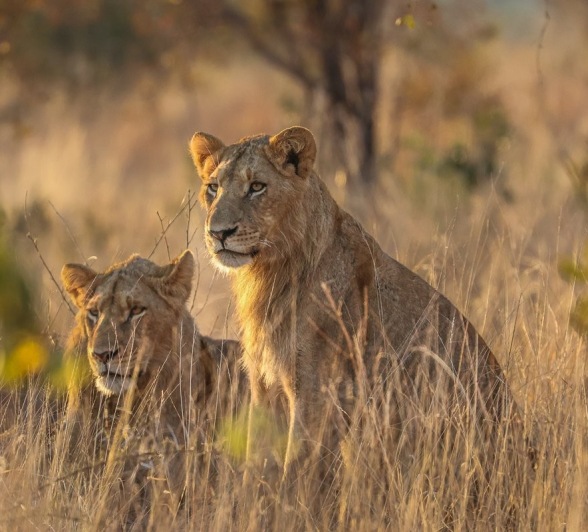
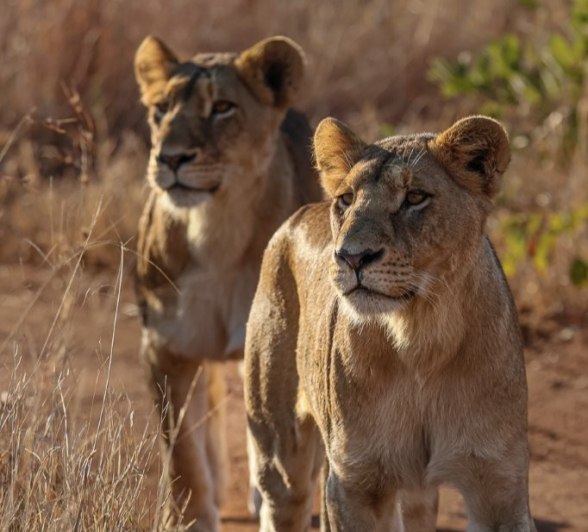
Tracking - an ancient art form and one of the most immersive aspects of any safari experience. It’s the process of interpreting the subtle signs that animals leave behind: a faint footprint in soft sand, a bent blade of grass, or a drag mark on the ground. When it comes to leopards, this task becomes especially demanding. These elusive cats are renowned for their stealth, moving silently and lightly, often leaving little more than a whisper of their passage.
Mornings are often spent trailing pristine tracks with great promise, only to end in frustration. But it’s in those moments where persistence, patience, and a deep understanding of the individual animal’s habits come into play. Later in the day, finding those same tracks again ignites renewed hope. And then – finally - the reward: a flick of a tail in the undergrowth, or the glint of a rosette among the branches.
The thrill of the chase, the surge of adrenaline, and the shared anticipation between guide, tracker, and guests make tracking one of the most captivating elements of safari. It’s not just about finding the animal; it’s about the story that unfolds along the way.
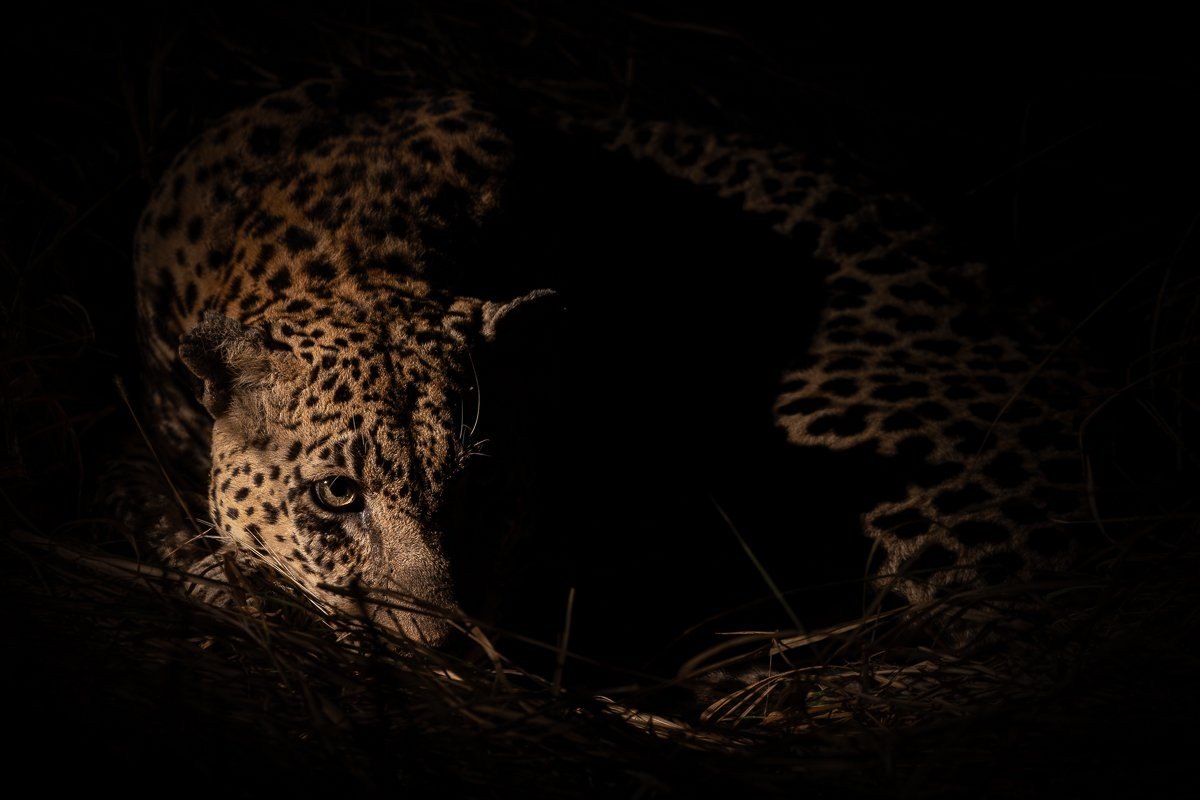
A young female leopard, independent from her mother - the Ntsumi female – continues the search for a territory of her own. Moving with cautious grace yet clear determination, she was seen occasionally navigating the outer edges of her mother’s established range. She carefully avoids dominant females and other threats while exploring unclaimed ground, always on the lookout for a place abundant in prey and dense with cover for stalking and safety.
This critical stage marks the beginning of her adult life, as she quietly lays the groundwork for a future that may one day include raising cubs of her own. Her success now depends on finding the right area - rich, sheltered, and with minimal competition.
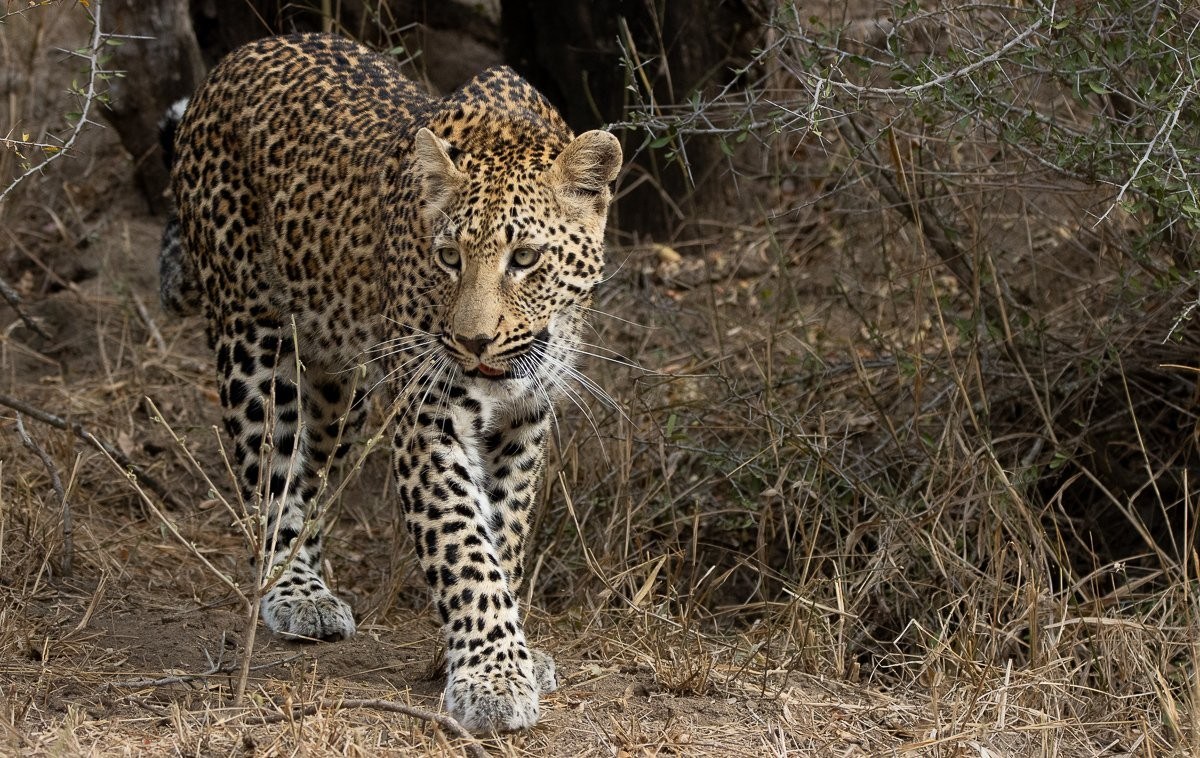
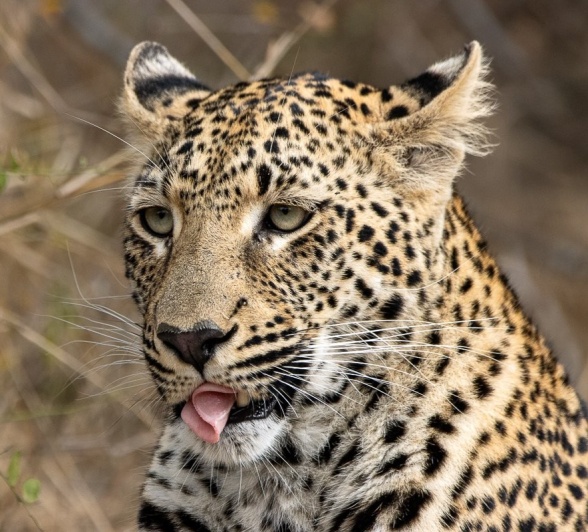
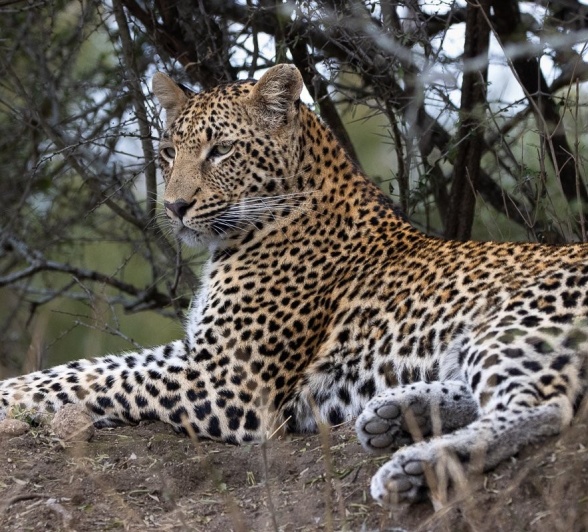
After searching high and low for a leopard, we found ourselves in the right place at exactly the right time. The distinctive sawing call of a leopard echoed from a nearby drainage line, prompting us to follow up immediately. Our efforts were rewarded when we spotted the Golonyi female, moving purposefully through the undergrowth, scent-marking as she went.
In recent weeks, Golonyi has covered remarkable distances across our reserve, journeying from the northernmost reaches to the far south and back again. Her movements suggest a determined search for the safest place to shelter her cub, who remains vulnerable to threats from other leopards and predators.
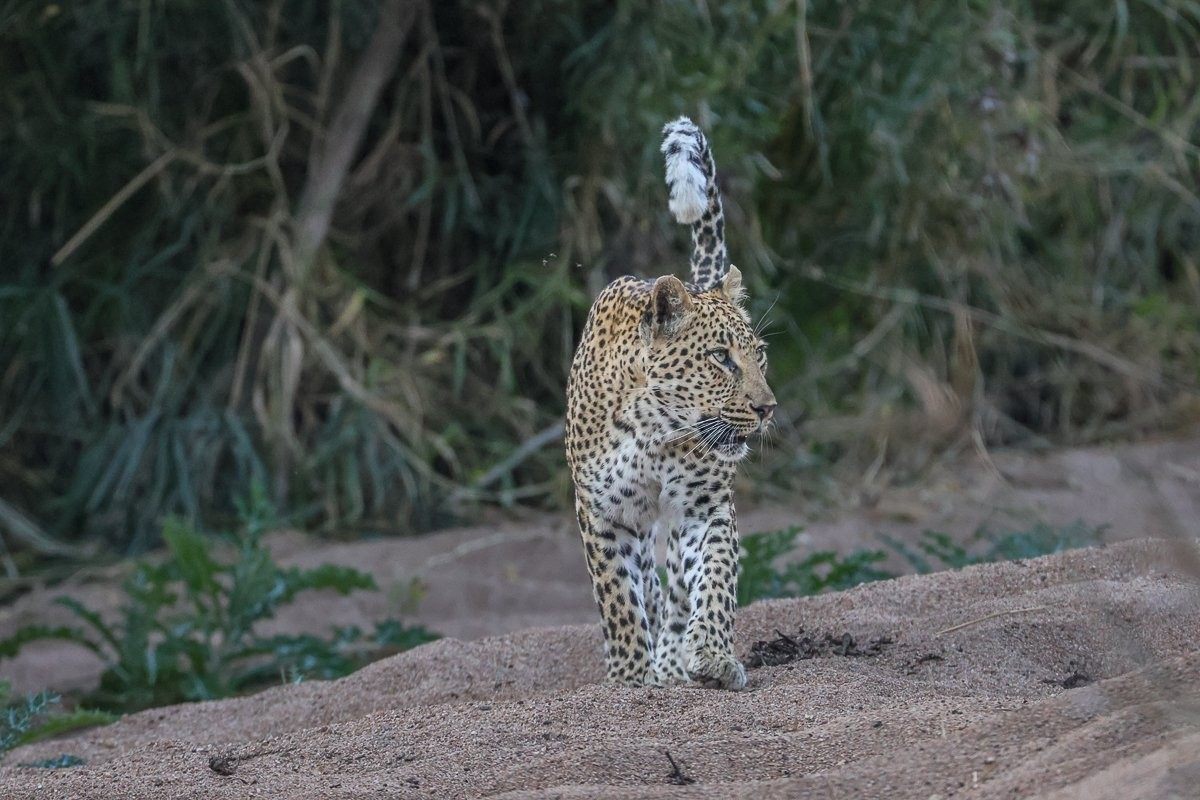
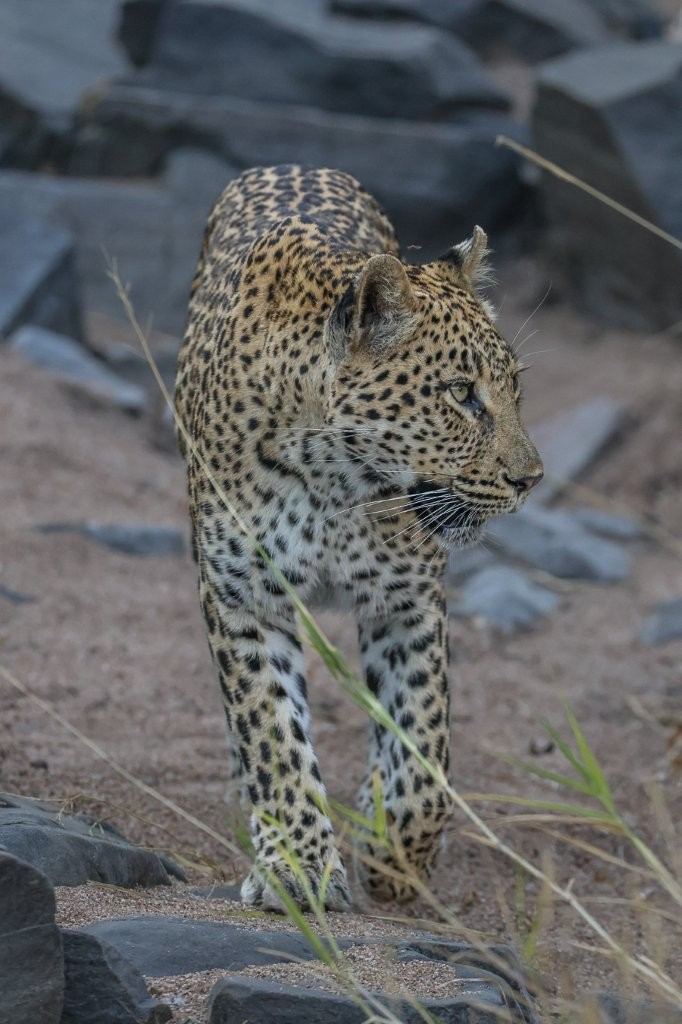
After hearing impalas alarm calling, we quickly followed up and soon found the Ntsumi female leopard moving through the thickets. With early morning temperatures still cool during the winter months, these typically nocturnal predators tend to stay active longer into the day, taking advantage of prime hunting conditions. Prey animals, also cold after a chilly night’s rest, often bask in the morning sun to warm up - sometimes letting their guard down and creating the perfect opportunity for a predator to strike. Unfortunately for Ntsumi, the impalas spotted her in time. Aware that the hunt was lost, she quietly moved back into the thickets.

Until next time…

Blog by Wendy Claase
Images by Benjamin Loon, Jan Nel, JP van Rooyen, Ronald Mutero and Ruan Mey







